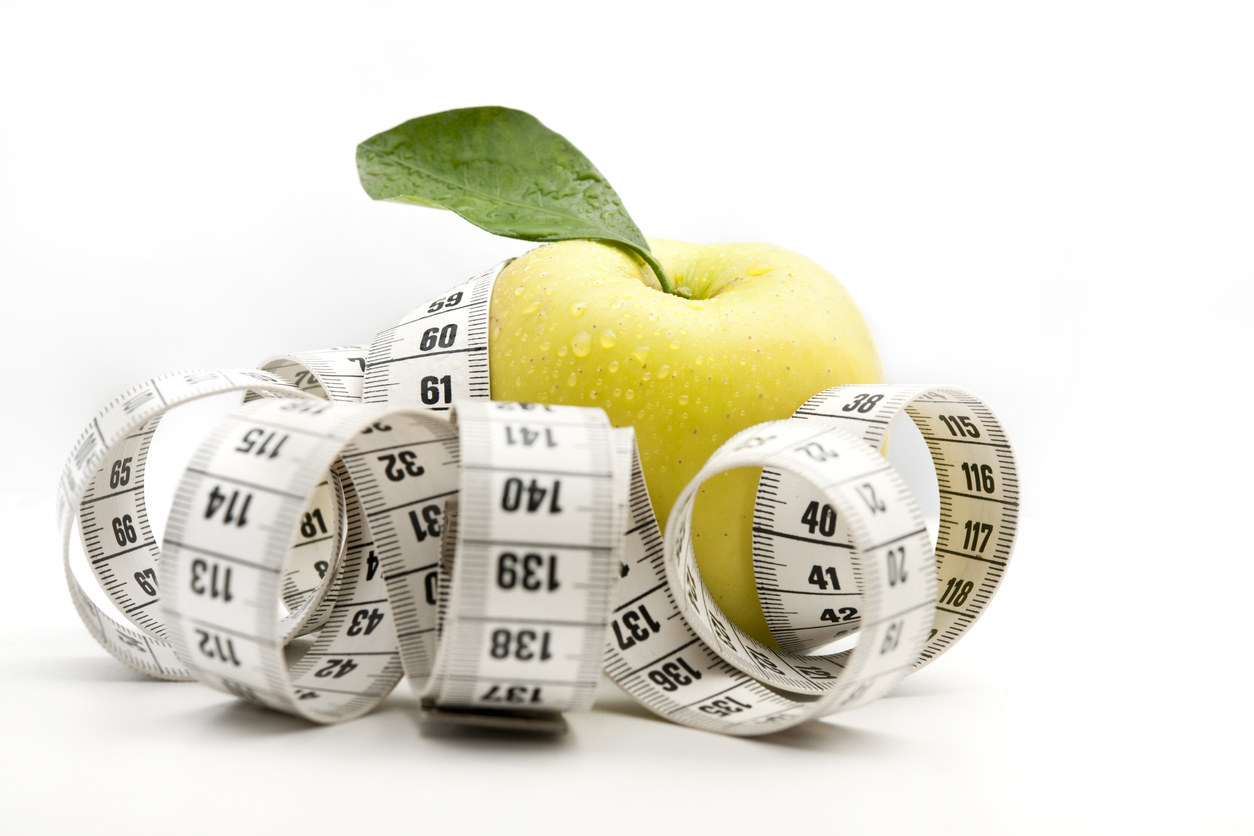Fruit is often used as a healthier way to satisfy one’s sweet tooth. Fructose, the natural sugar within fruit is anecdotally considered better than artificial sweeteners and refined sugar. It can be found present a variety of fruits, fruit juices, certain vegetables and the ever so popular natural sweetener honey. Yet, fructose is also a component of the controversial high-fructose corn syrup, which is processed from corn starch and added liberally to sodas and candies.
Today, researches are studying the natural sweetener to see if there is any link between high-fructose foods and obesity, diabetes and possibly cancer. Though, so far, the evidence indicates that fructose is not necessarily a danger to consumers if it’s done in moderation.
One of the main advantages of adding fructose to foods is that it is much more efficient sweetener than many other types of sugar. As we discussed in our last post, sugar is currently being experimented on to see if it can be processed more efficiently by the human body so that we could reduce the amounts in processed foods. Using fructose as a sweetener may be a step in that same direction.
Some researchers are concerned about how the body processes fructose differently than other types of sweeteners. The main concern, according to Medical News Today, “when a person consumes fructose in excess, it may stimulate the body to deposit extra fat, especially in the liver. This may contribute to nonalcoholic fatty liver disease.”
According to this 2017 literature review, high amounts of fructose may be associated with insulin resistance, increased development of fat and greater risk of obesity.
We will have to wait to see if any links are found between the natural sweetener and these serious disease but it is important to note that no evidence of fructose being bad for people’s health has been found in people who only consume small amounts. As with most things, it is important to moderate the intake of daily fructose.
For more candy news, don’t forget to keep up with our blog!

